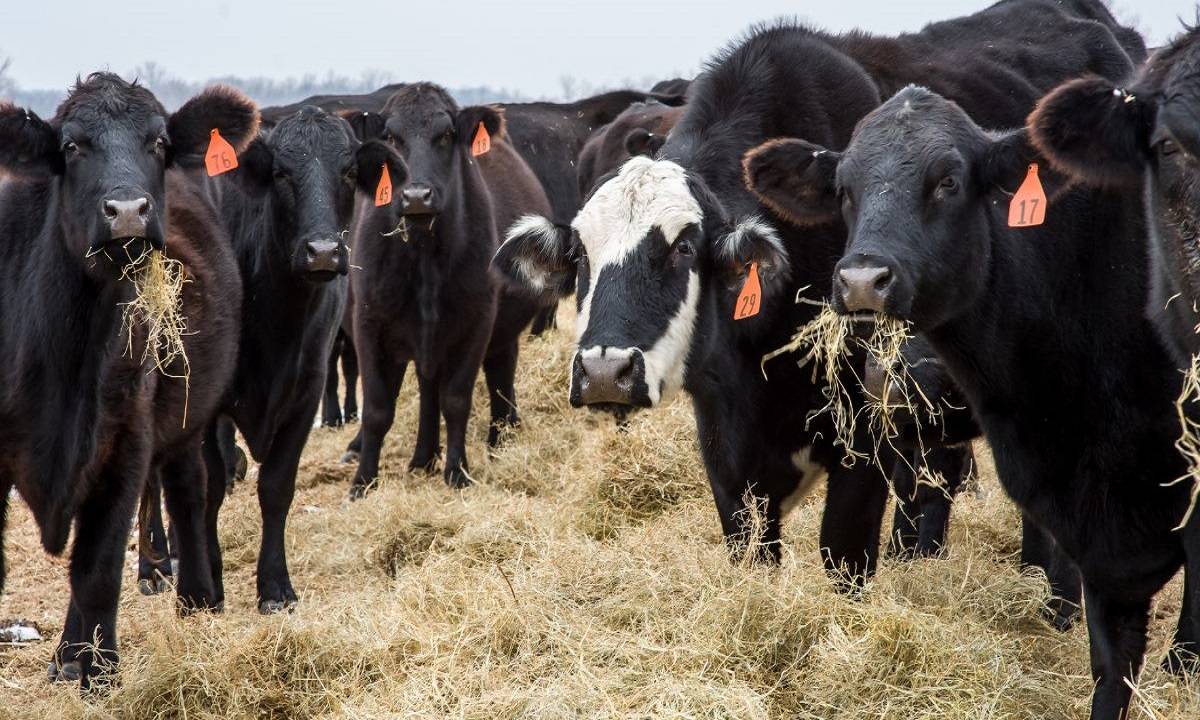
Cattle dystocia, or difficult calving, is a significant problem in the cattle industry that can result in calf and cow mortality, decreased reproductive efficiency, and financial losses for producers. Fortunately, there are several ways to help prevent and manage cattle dystocia issues.
Monitor Cattle Breeding
Cattle breeders should keep a record of each cow's breeding and expected calving date. Regular monitoring of the herd's health can help identify potential problems early on, allowing producers to take preventative measures to minimize the risk of dystocia.
Select Appropriate Breeding Stock
When selecting breeding stock, it is essential to choose cows and bulls with good calving ease scores. High calving ease scores indicate that the offspring of these animals will be easier to deliver, reducing the risk of dystocia.
Adequate Nutrition
Cattle require adequate nutrition throughout pregnancy to ensure that both the cow and calf are healthy. Poor nutrition can lead to weak or undersized calves, making delivery more challenging. Ensure that cattle receive proper nutrition by providing a balanced diet and adequate pasture or forage.
Regular Exercise
Regular exercise can help keep cattle healthy and reduce the risk of dystocia. Cattle that are overweight or sedentary are more likely to have difficulty calving. Providing adequate space for exercise can help prevent this issue.
Proper Handling and Management
Cattle handling and management practices play a significant role in preventing dystocia. Calm, gentle handling is essential, and stress should be minimized. A well-managed herd that is monitored regularly is more likely to identify potential dystocia issues early on.
Calving Assistance
It is crucial to be present during calving to provide assistance if needed. Prompt intervention can save the life of both the cow and the calf. If a cow is experiencing difficulty calving, a veterinarian or experienced producer should be called immediately.
Proper Equipment
Having the appropriate equipment on hand can be crucial during dystocia. This includes obstetrical chains, calf pullers, and lubricants. Ensure that all equipment is in good condition and readily available when needed.
Regular Veterinary Care
Regular veterinary care is essential to prevent and manage dystocia. Your veterinarian can help identify potential issues and provide preventative care. They can also assist in the delivery of calves if needed.
In conclusion, cattle dystocia is a preventable issue in the cattle industry. By monitoring breeding, selecting appropriate breeding stock, providing adequate nutrition and exercise, proper handling and management, being present during calving, having the appropriate equipment, and regular veterinary care, producers can minimize the risk of dystocia and promote healthy calves and cows.
















